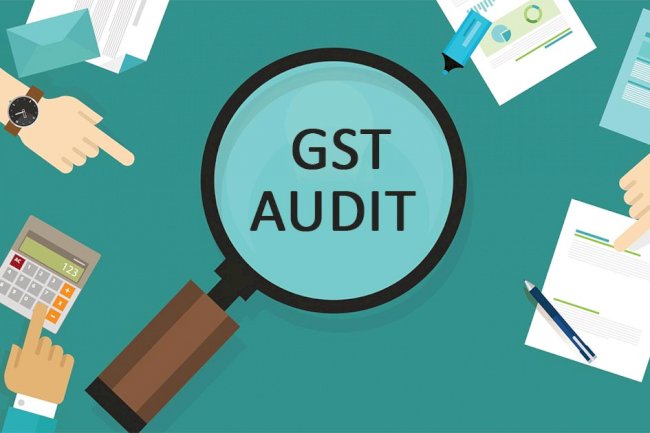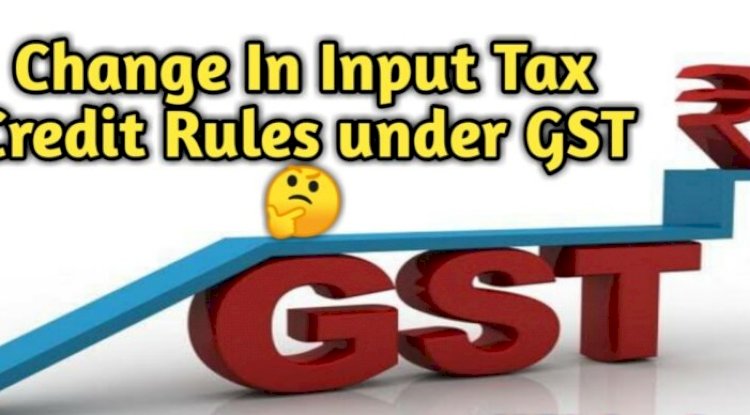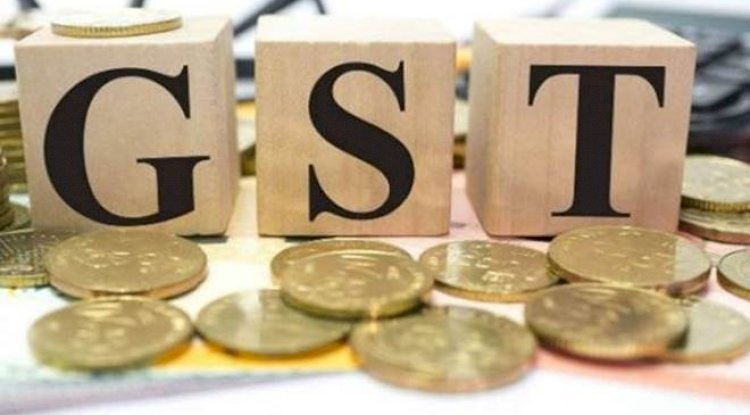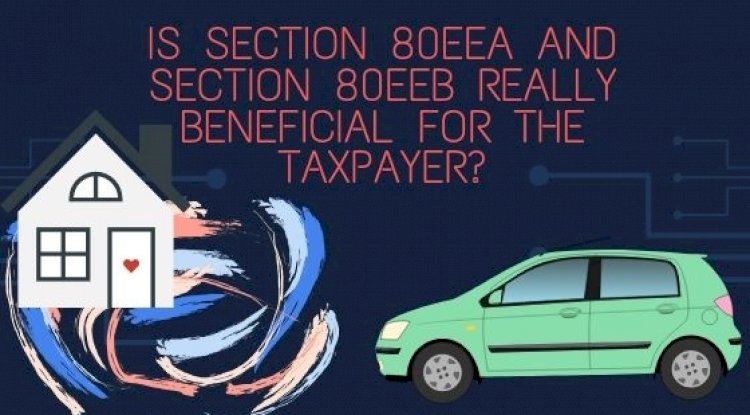NOTICES IN GST

NOTICES IN GST
Under the Goods and Services (GST), the authorities communicate to the taxpayers via GST notices. There are various reasons for the issuance of the different types of notices, which every taxpayer should know. This article discusses these reasons and types of GST notices along with the manner in which one may respond upon receiving one.
About GST Notices
- Notices under the Goods and Services Tax (GST) law are a medium used by tax authorities to communicate to taxpayers. GST notices are usually sent as a word of caution for any defaults noticed by authorities specifically in GST compliance, or to collect more information from taxpayers.
- GST authorities mainly send out notices when taxpayers operate suspiciously and when there is any supply of goods or services which does not occur under the tax lens. Upon verification of the taxpayer’s GST returns, authorities act according to the hints collected by them, received from other governmental department, or a third party.
- The common reason for receiving a GST notice is defaults committed on taxpayer’s part, including no GST registration made even when the law requires, delayed or no GST returns filed, excess claim of Input Tax Credit (ITC), unpaid GST, short GST payment, etc.
- GST notices are called by different names such as scrutiny notice, Show Cause Notice (SCN), or demand notice. The purpose of the notice, the intensity of the default committed, or the action required from taxpayer will determine what a GST notice will be called.
- The taxpayer should respond promptly to the notice issued in his/her name within the specified period of time. In case, the taxpayer fails to do so, s/he will be legally acted upon. The GST authorities can eventually prosecute such a taxpayer or consider it as a purposeful default and charge the taxpayer with penalty.
Common Reasons for Issue of GST Notices
The most common reasons for issuance of a GST notice are:
- Issuance of scrutiny notice due to a mismatch of details furnished between GSTR 1 and GSTR 3B.
- Difference in amounts of ITC claimed in GSTR 3B as compared to GSTR 2A.
- Delayed filing of GSTR 1 and then consecutively delayed filing of GSTR 3B for over 6 months.
- Inconsistent declarations made in GSTR 1 and the e-way bill portal.
- Prices not reduced, after GST rates are reduced, by the date notified by the Central Board of Indirect Taxes and Customs (CBIC). The taxpayer does not reduce prices and thus commits the default of not passing on the benefit of reduced taxes to customers. Such a practice is known as profiteering and GST authorities have taken several measures for anti-profiteering which address such defaults.
- Issuance of SCN when GST is not paid by the taxpayer or is paid as short payment, either with or without any fraudulent intention.
- Issuance of SCN when GST is wrongly refunded, either with or without any fraudulent intention.
- Wrongly availed or utilized ITC.
- When a business which is liable to register under GST has not been registered, and tax and other liabilities have not been discharged under the GST Act.
- Exports reported inconsistently in Form GSTR 1 with the required information lodged accurately on ICEGATE.
- When any additional information is required by authorities related to the records maintained by the taxpayer.
- When tax authorities have to conduct an audit.
- When the information return which was required to be filed before GST authorities has not been submitted within the specified period of time.
Valid Modes of Sending GST Notices
As per the CGST Act Section 169, there is a prescribed set of modes for communication of GST notices. Any other means of communication of GST notices will not be considered valid under the GST Law. The different modes for communicating GST notices are:
- Door to door delivery either directly or by courier to the taxpayer or his/her representative.
- Registered post, speed post, or courier with acknowledgement addressed to the taxpayer’s last known place of business.
- E-mailing to taxpayer’s registered e-mail address.
- Making the notice available on the GST portal after login is made.
- Publishing in regional newspaper and circulating in the taxpayer’s last known address of residence.
- Last resort: Affixing the notice in some prominent place at the taxpayer’s last known address of business or residence. In case, GST authorities do not find it reasonable, a copy of the notice may be affixed on the notice board of the office of the concerned officer/authority.
What's Your Reaction?





















